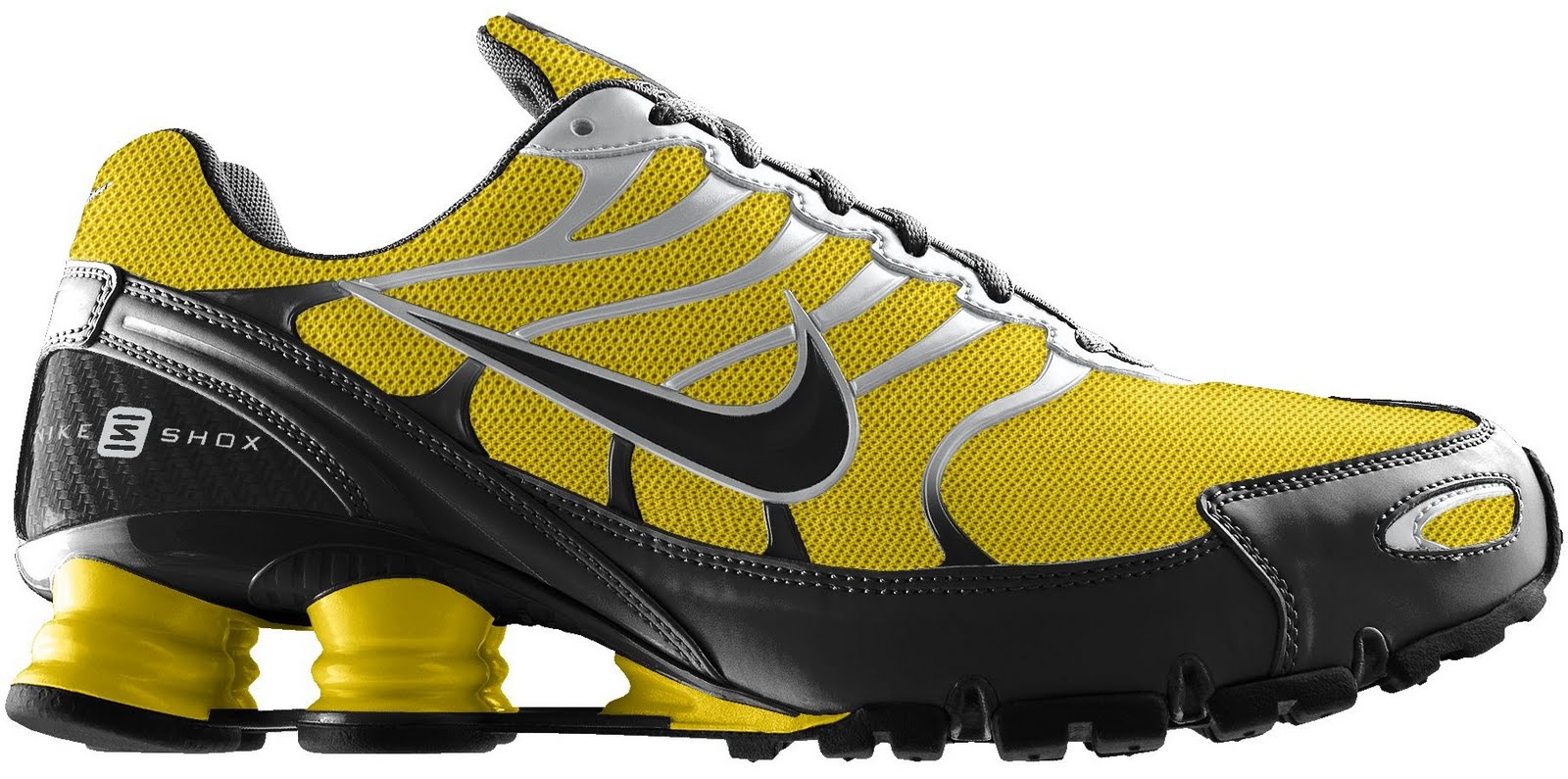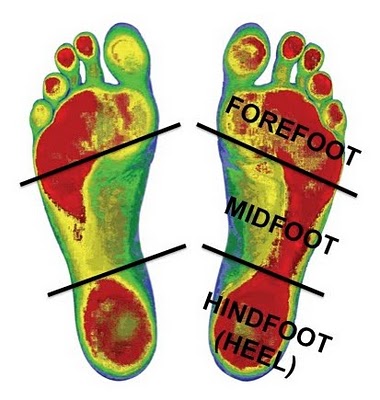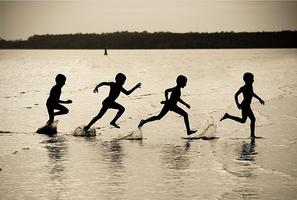Running + Pose= Decreased Impact Force & Increased Efficiency
According to “Healthy People 2020 Exercise in Medicine ™”, approximately 20 million Americans run. Up to 79% of runners will sustain an injury in a given year. 49% of those injuries will be a re-occurrence.The technical term for such trends is ‘That’s Crazy’! Now, how can we reduce impact running?

Common injuries with running are Ilio- Tibial (IT) Band Syndrome, anterior femoral  impingement (AFI), labral tears of the hip, patella-femoral pain syndrome, low back pain, stress fractures, Achilles tendonopathies,plantar fasciitis,and torn ACL’s.
impingement (AFI), labral tears of the hip, patella-femoral pain syndrome, low back pain, stress fractures, Achilles tendonopathies,plantar fasciitis,and torn ACL’s.
Who amongst us has had at least one of these issues?>Most of these are due to improper running technique. Our collective improper running technique was born of years of faulty motor patterns that stem from imbalances in joint range of motion, muscle strength, and coordination.And poorly designed shoes – but we’ll get to that later.
So how do we fix those injuries and nagging pains?
· Stretching? Nope – I hate to break it to you, but stretching is not going to help your IT Band (it takes thousands of pounds to change that tissue)
· Rubbing/Massage? Not really. I would stop focusing on just rubbing the bottom of your foot to get rid of your plantar fasciitis – its cause comes from above the foot.
· Run through it? Nope. Bunions, heel spurs and other foot protuberances are a sign of bad form, and certainly ain’t sexy.
Here is the hard reality of biomechanics…
We have become soft in our culture with our cushy high heel shoes we like to wear with running and exercising. Olympic lifters use a bit of a heel for two reasons- a) it helps to get into a lower squat position, b) it helps align the ankle, hip, and spine with greater ease under higher loads. But for running, walking and regular training there is no reason to have a lift. You want to perform at the most optimal levels of your being which means naked feet (ideally, or shoes with limited support).
According to research performed by Harvard University’s Dr. Irene Davis, PhD , DPT, heel striking puts a greater impact peak through the knee and low back than landing on your forefoot. Truth is, as children we pose ran naturally, so what happened? Our nations’ warriors who wear prosthetic’s are being taught to pose run to reduce impact peak force it has on both their artificial and natural joints.
So why are we not maintaining this technique from childhood to adulthood? Our culture, our shoes, lack of education, not sticking to principles of joint biomechanics..are some of the reasons.
So here is what happens when you heel strike .
1. Our feet dorsi-flex and land on the ground, your heel immediately everts and unlocks your midfoot into a unstable position. 
2. Our heel cord – where the gastrocnemius, plantaris, and soleus attach – works extremely hard as it’s forced to take on eccentric stress (lengthening) while also having to contract quickly.
3. This often leads to an imbalanced step, pissing off the big toe enough that it develops bunions and/or plantar fasciitis.
4. The resulting increase in friction on the heel cord can lead to posterior-lateral heel spurs.
Now with a forefoot strike your leg externally rotates and ankle dorsiflexes causing the heel to invert and lock the midfoot creating a stable position of the foot; it is now a rigid foot lever. This is similar to a squat with feet domed, leaving the big toe in contact with the ground and the heel down. (Think of what happens with your foot when given the cue ‘knees out’ or ‘screw open the hips’ – your feet naturally dome.) You create a stable lock in your foot and platform to lift heavy weight, or bear repeated running strikes.
Now let’s think about other things besides heel striking that can cause problems in the knee,![32-weak gluteus medius[5]](https://movement-rx.com/wp-content/uploads/2013/12/32-weak-gluteus-medius5.jpg) ankle and or hip. Common motor pattern issues that lead to the injuries listed above are a result of decrease in strength of your glutes and quadratus lumborum (pictured) that directly cause ones hip to adduct and internally rotate (B in picture). This causes a damaging knee angle (knee going in) and/or a pronation (collapse) of the foot.
ankle and or hip. Common motor pattern issues that lead to the injuries listed above are a result of decrease in strength of your glutes and quadratus lumborum (pictured) that directly cause ones hip to adduct and internally rotate (B in picture). This causes a damaging knee angle (knee going in) and/or a pronation (collapse) of the foot.
How do we fix it!?
Pose running is a running method meant to better emulate how our biomechanics are meant to operate. A quick visual description is below.
Here are some tips from Harvard’s Dr. Davis to introduce you to a pose running technique in order to save your body grief and continue to enjoy your half marathons, triathlons, and CrossFitting .
1. Posture– running is a controlled fall, but lean at the ankle, not at the hip
2. Cadence- run at 170-180 steps/minute (high cadence prevents over striding)
** use a metronome if needed
3. Avoid over-striding: land your ankle below your knee (shins vertical).
· – You want to avoid over striding because it decelerates your body, and stiffens your legs
4. Land nearly flat and quietly
· – Lessens and avoids impact peak (which causes major injuries over time)
· – Lowers the torque forces in the calf muscles and Achilles tendon
5. Focus on pulling up your trailing leg, not on your landing leg
· – When running, don’t think about the foot that is striking; instead focus on pulling your trailing leg up quickly and vertically at the hips AND knees.
· – Imagine pulling your leg alongside the calf of the other leg as if it were in a groove (or as if a string were pulling up your foot).
· – Keep your cadence high, work to keep your trailing leg from lagging to far behind you ; allow your lead foot to fall gently and properly without any effort.
Drills that can help
1. Build motor control
a. Butt kicks
b. Calf pull-ups – Imagine your free foot is sliding up the groove along the inside of your standing leg (like a sliding door). It should feel like it is going up to your mid-calf. Alternatively/ additionally, imagine you are pulling up your ankle with a string as quickly as you can. Note that when you focus on the trailing leg, your other (supporting) leg should effortlessly land on the ball of the foot or near entirely flat.
2. Build Strength
a. Single Leg Squats- at least 10 each leg to 90 degree’s
b. Jumping Rope (1 minute on, 30 seconds off X 7 sets)
c. Fight Club Stance(lift the arches of your feet all day long keeping big toe and heel down)
d. Farmer Carries (for your quadratus lumborum or QL) with moderate weight for distance (300 meters X 4 rounds) with 1 minute rest
What does all that mean? In summary:
1. Do not lean at the hips
2. Adopt a high cadence
3. Don’t overstride
4. Land nearly flat and quietly
5. Achieve skills 2-4 in the Drills section above by focusing on raising your trailing leg quickly and vertically by flexing both your knees and hips. This is especially important when you get tired.
6. Relax and have fun
UNLEASH YOUR PHYSIOLOGICAL POTENTIAL!!



